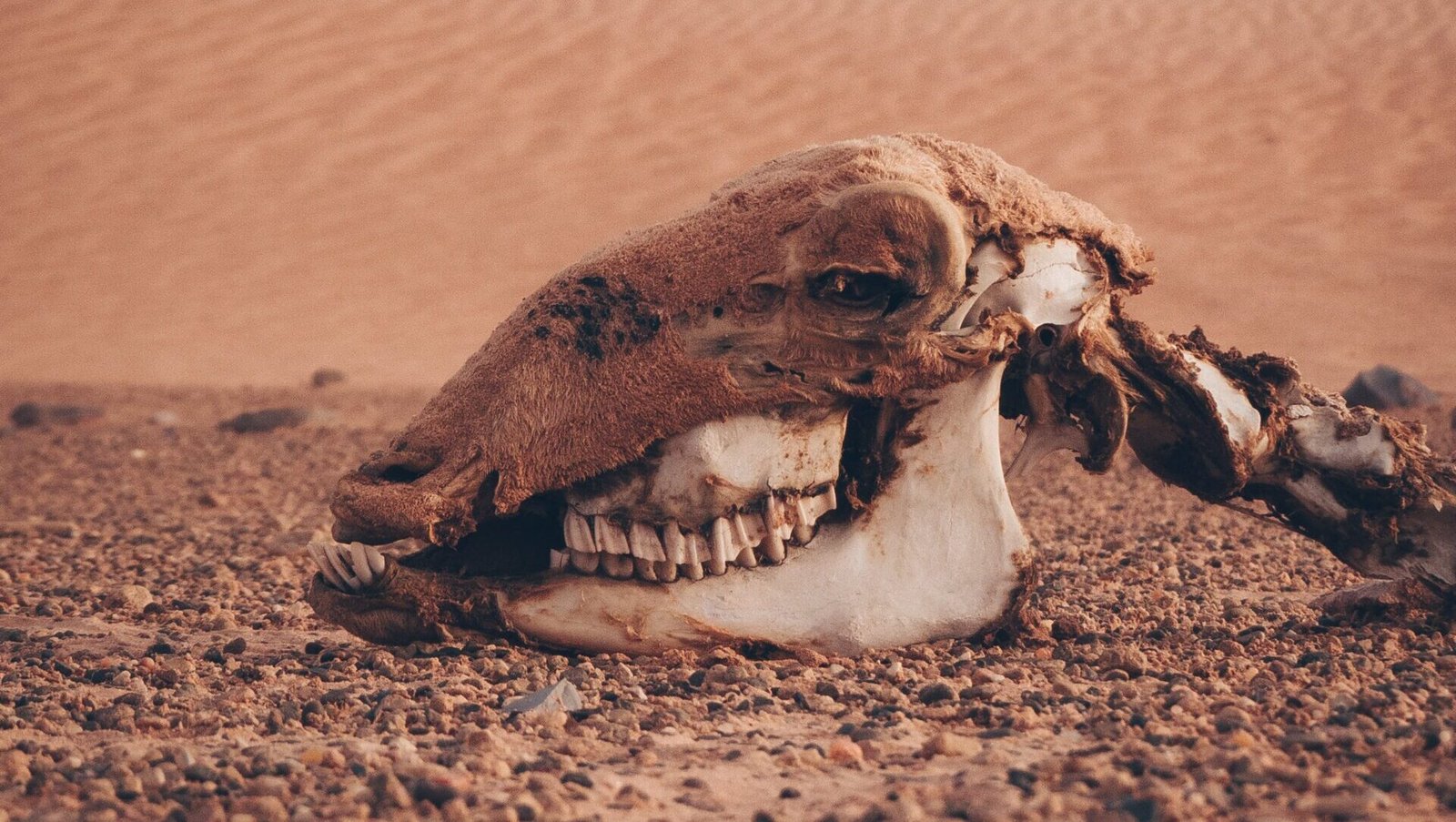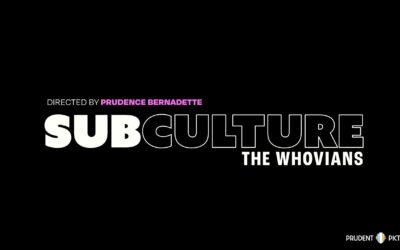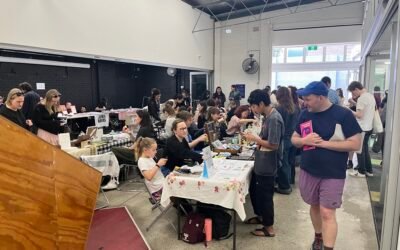Imagine.
You and your family are, for some reason, one of a kind. Maybe you can fly, maybe you have 8 arms, maybe you’re made of a precious material.
You’re special. Unique.
Your purpose is to exist, to continue your species.
There’s 3 members of your entire family left. You’ve got nowhere to live. There are people hunting you. Even if you escape them and find somewhere to live, you cannot do anything but wait for death. There’s no one to carry on your bloodline, to keep what makes you special alive. Once the last of you die, nothing like you will ever exist again.
You will have failed your purpose.
Pretty sad, huh? It’s called an extinction vortex. It’s what happens when a small population goes through several events—rapid loss of population size, habitat loss, lack of genetic diversity—that pushes them closer to extinction. Since 1996 in Australia, 15 species have become extinct, and 19 have been listed as critically endangered.
Rapid loss of population size can occur several ways. There’s disease, natural disasters, and predation. Longer term population decline could be from overharvesting or human predation – which is probably better known as hunting.
Habitat loss is something we hear about all the time. Deforestation. Pollution of waterways. Occupancy by humans. Anything that removes a species from its natural home.
Lack of genetic diversity is a little less known. It occurs when the genetic pool in a species is so reduced by an overall lack of genetic diversity, whether by inbreeding or a lack of individuals, that each new generation essentially becomes a weaker version of the one before it.
This is common in captivity, where there is no migration of individuals. Though wild animals are often brought in to stir the pool up, this cannot occur with species that only exist in captivity, or with those so critical it is unviable to remove them. The shadow generations that result from a lack of genetic diversity don’t have a happy life; they don’t have the ability to adapt to change, and what ability they do have lessens with each generation. For captive species, it means they will never be able to be rereleased. They would die in the wild.
Imagine again that you are one of a kind. That people are hunting you, that you are the last of your species, and that you will die.
But.
What if there were people that had a technology that could help you, that could extend your species? They would not just protect you; they would save you. They would become your one hope.
Right?
It sounds almost too good to be true, but it is. Assisted reproductive technology (ART). It’s exactly as it sounds – using science technology, not to replace natural breeding, but to enhance chances of fertilisation.
The two most common ways of doing this are artificial insemination and embryo transfer. Artificial insemination is quite simple; once the sperm has been collected, it’s just a matter of timing and placement in the female reproductive tract.
Artificial insemination is mainly male based, and links in with semen cryopreservation, the freezing of gametes for later use. In part, this is because oocyte, or egg, collection is difficult, especially in wild species. Unlike semen collection, where some species such as dolphins have been trained to ejaculate, egg collection needs intense management.
Embryo transfer is probably better understood by its human counterpart: surrogacy, where a female carries an embryo to term for parents who are unable to conceive. This has the potential to overcome female fertility issues. Females with compromised uterine environments, which are common in captive species, may not be candidates for artificial insemination but can still become embryo donors.
To address the shortage of breeding females in some endangered species, researchers suggest that common or domestic animals might potentially carry endangered offspring to term. In theory, for specialised species like ocelots, embryos could possibly be carried by a closely related common species, such as a domestic cat.
Most importantly, though, ART can reduce the impact of a lack of genetic diversity. Using pre-collected gametes in small populations introduces diversity in the gene pool without removing individuals from the wild. It also makes it easier to breed animals across captivity. Rather than transporting an animal and hoping for the best (a stressful, costly and uncertain move), the relevant gametes can be shipped wherever necessary. This ensures long-term success, rather than just present-day forestalling. Once the species has replenished itself, it can be released into the wild, where numbers and thus diversity will continue to grow.
Imagine, once more.
You’re still being hunted, you’re still the last of your species. You thought you were going to die. Now, you’ve been given this hope, of survival, of success, of seeing your family flourish, and it’s what has kept you going.
But then.
You find out that these people, with the ability to save you and your family, don’t want to.
Although ART is widely used in agriculture and has become routine in human medicine, it remains rare in the conservation of wild species. ART for wildlife is limited primarily because scientists lack detailed knowledge about the physiology and reproduction of many species. The complexity of species-specific reproductive systems means that more research and expertise are needed to adapt these technologies effectively for conservation purposes.
As well as this, resources need to be collected before the last minute. Waiting until a species is critically endangered only makes the job harder, as samples need to be taken from healthy, diverse species to have any meaningful impact.
Now, science is playing catch up. Nothing can happen until it breaks even or gets ahead.
Maybe if more people started imagining, that would happen a lot sooner.



